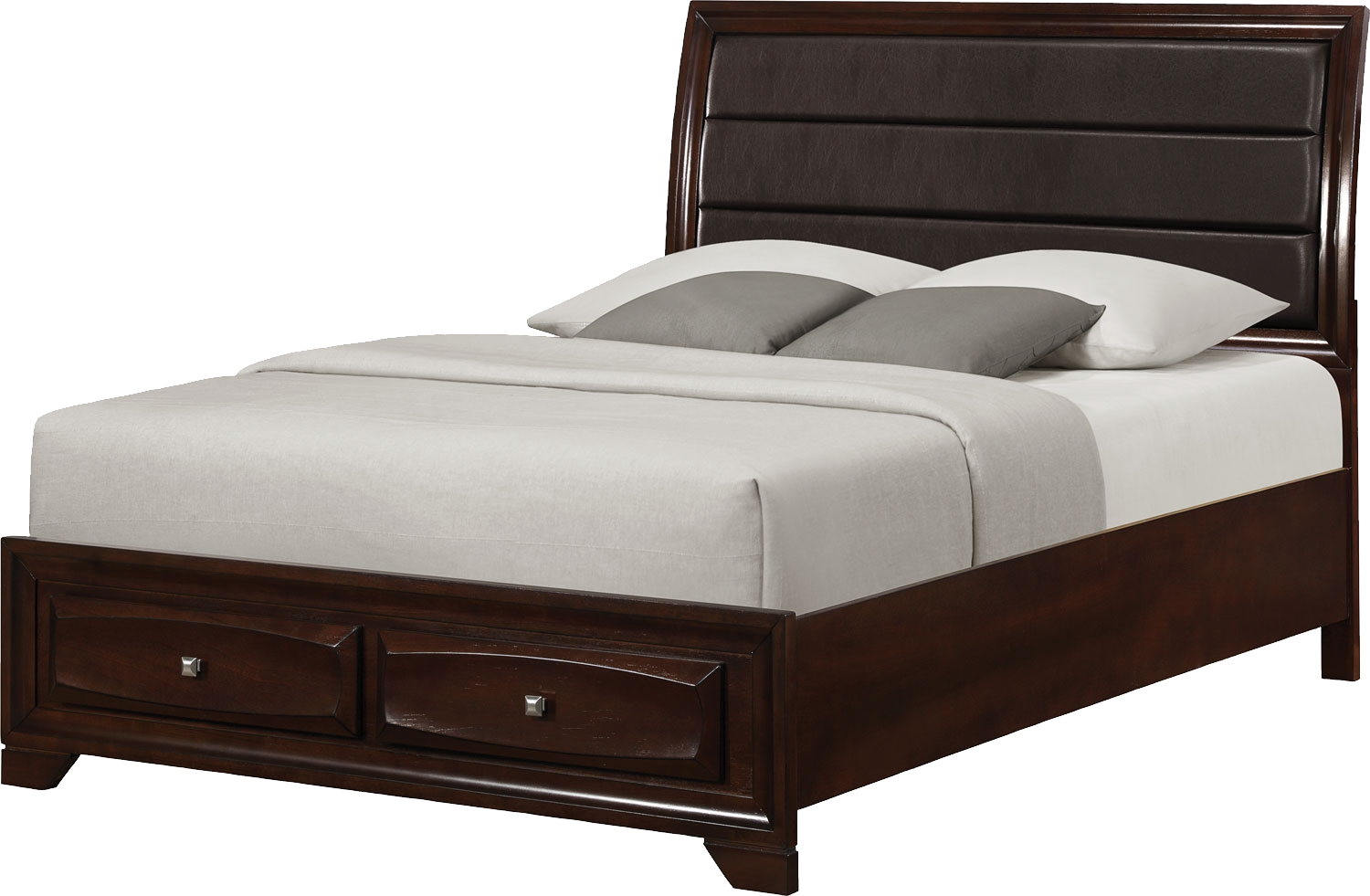Color Psychology for Dining Room
The color of a room can greatly impact the mood, atmosphere, and overall feel of the space. This is especially true for the dining room, where we gather to eat, socialize, and relax. The right color scheme can create a welcoming and inviting atmosphere, while the wrong one can make the room feel cold and uninviting. In this article, we will explore the top 10 color psychology tips for dining rooms to help you create a space that is both visually appealing and emotionally satisfying.
Color Schemes for Dining Rooms
When choosing the color scheme for your dining room, it's important to consider the purpose of the room. Is it a formal dining room for special occasions, or a casual space for everyday meals? Each color has its own psychological effects, so it's important to choose a scheme that fits your needs and desired atmosphere. For a formal dining room, rich colors like deep reds and dark blues can create a sense of elegance and sophistication. For a more casual space, warm yellows and light greens can create a relaxed and inviting atmosphere.
Psychology of Dining Room Colors
Colors have the power to influence our emotions and behaviors, and this is especially true in the dining room. Red, for example, is known to stimulate appetite and conversation, making it a great choice for a lively dining room. Blue, on the other hand, has a calming effect and can create a sense of tranquility, making it a good choice for a more formal dining room. Green is associated with nature and can create a sense of balance and harmony, making it a great choice for a space that promotes relaxation and comfort.
Best Colors for Dining Rooms
When it comes to choosing the best colors for your dining room, it's important to consider not only the psychological effects but also the lighting and size of the room. Lighter colors can make a small room feel more spacious, while dark colors can create a cozy and intimate atmosphere. It's also important to consider the lighting in the room. Warm lighting can enhance the warmth of lighter colors, while cool lighting can bring out the richness of dark colors.
Color Psychology for Dining Room Walls
The color of the walls in your dining room is one of the most important factors in creating the desired atmosphere. Neutral colors such as white, gray, and beige can create a clean and modern look, while warm colors like yellow and orange can create a cozy and inviting feel. Cool colors like blue and green can create a sense of calm and relaxation. It's important to choose a color that not only fits your desired atmosphere but also complements the other elements in the room, such as the furniture and decor.
How Color Affects Dining Room Mood
The mood of a dining room can greatly impact the dining experience. The right color can create a positive and enjoyable mood, while the wrong color can have a negative effect. Warm colors like red and orange can create a lively and energetic mood, perfect for social gatherings. Cool colors like blue and green can create a more relaxed and tranquil mood, perfect for intimate dinners. It's important to consider the mood you want to create in your dining room when choosing the color scheme.
Choosing the Right Color for Your Dining Room
When choosing the right color for your dining room, it's important to take into consideration your personal preferences and the purpose of the space. If you want a space that promotes energy and conversation, warm colors like red and orange are great options. If you want a space that promotes relaxation and comfort, cool colors like blue and green are a better choice. It's also important to consider the other elements in the room, such as the furniture and decor, to create a cohesive and visually appealing space.
Color Psychology for Dining Room Furniture
The color of your dining room furniture can also have a significant impact on the overall atmosphere of the space. Dark wood furniture can create a sense of elegance and formality, while light wood furniture can make the room feel more casual and relaxed. If you want a pop of color, consider incorporating brightly colored chairs or a statement piece of furniture to add personality and visual interest to the room. It's important to choose furniture colors that complement the overall color scheme and create a harmonious look.
Creating a Welcoming Dining Room with Color
The dining room is often the heart of the home, where family and friends gather to share meals and create memories. The right color scheme can create a welcoming and inviting atmosphere, making guests feel comfortable and at ease. Consider incorporating warm, welcoming colors like yellow and orange to create a sense of warmth and hospitality. You can also add personal touches like family photos or artwork to add character and make the space feel more personal and inviting.
Color Psychology for Dining Room Decor
Decor elements such as curtains, rugs, and artwork can greatly enhance the overall color scheme and atmosphere of the dining room. When choosing decor, it's important to consider the color palette and mood you want to create. Neutral decor can add a sense of balance and simplicity, while bold, colorful decor can add a sense of fun and personality. It's also important to consider the size and lighting of the room when choosing decor, as certain colors and patterns can make a room feel more spacious or cozy.
In conclusion, the right color scheme can make all the difference in creating a welcoming and inviting dining room. Consider the purpose of the room, the mood you want to create, and the other elements in the space when choosing colors for your dining room. With these color psychology tips, you can create a dining room that not only looks beautiful but also promotes positive emotions and a pleasant dining experience for all.
The Importance of Color Psychology in Dining Room Design
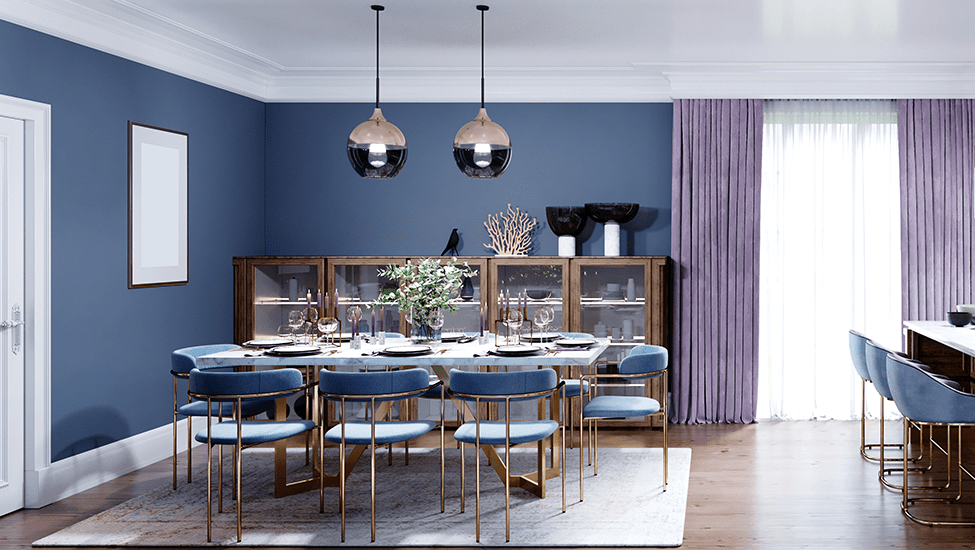
Creating the Perfect Atmosphere for Dining
 When it comes to designing a dining room, there are many factors to consider. From the furniture and layout to lighting and decor, each element plays a crucial role in creating the perfect dining experience. However, one often overlooked aspect of dining room design is the color scheme. Color has a significant impact on our mood and behavior, and choosing the right colors for your dining room can enhance the overall dining experience. In this article, we will explore the concept of color psychology and how it can be applied to dining room design.
When it comes to designing a dining room, there are many factors to consider. From the furniture and layout to lighting and decor, each element plays a crucial role in creating the perfect dining experience. However, one often overlooked aspect of dining room design is the color scheme. Color has a significant impact on our mood and behavior, and choosing the right colors for your dining room can enhance the overall dining experience. In this article, we will explore the concept of color psychology and how it can be applied to dining room design.
Understanding Color Psychology
 Color psychology is the study of how colors affect human behavior and emotions. Different colors have different meanings and can evoke specific feelings and moods. For example, warm colors such as red, orange, and yellow are known to stimulate appetite and create a sense of warmth and intimacy. On the other hand, cool colors like blue and green can have a calming effect and promote relaxation.
Color psychology is the study of how colors affect human behavior and emotions. Different colors have different meanings and can evoke specific feelings and moods. For example, warm colors such as red, orange, and yellow are known to stimulate appetite and create a sense of warmth and intimacy. On the other hand, cool colors like blue and green can have a calming effect and promote relaxation.
Choosing the Right Colors for Your Dining Room
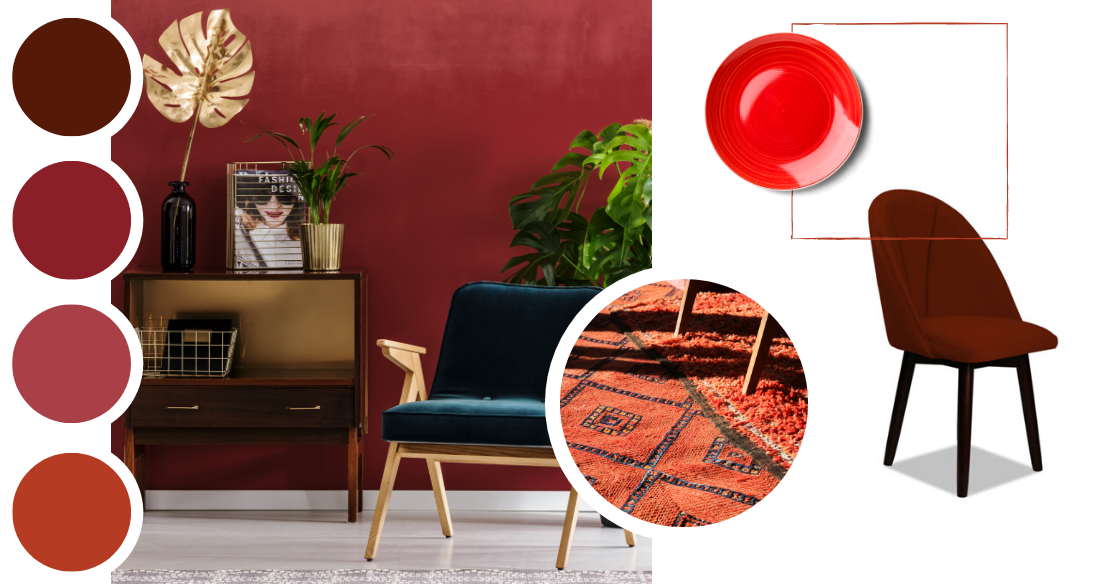 When designing a dining room, it is essential to consider the purpose of the space. Is it a formal dining room for special occasions, or a casual dining area for everyday meals? The colors you choose should reflect the intended atmosphere. For a formal dining room, rich, bold colors like deep red or navy blue can create a sense of elegance and sophistication. On the other hand, for a more relaxed dining experience, softer hues like light blue or green can promote a sense of comfort and tranquility.
Featured keyword: Color psychology
can also be applied to the choice of furniture and decor in your dining room. For example, incorporating
related main keyword: warm-colored
furniture and accents such as a wooden dining table or copper light fixtures can enhance the warmth and intimacy of the space. Similarly,
related main keyword: cool-colored
furniture and decor like a marble dining table or glass pendant lights can add a touch of sophistication to a formal dining room.
When designing a dining room, it is essential to consider the purpose of the space. Is it a formal dining room for special occasions, or a casual dining area for everyday meals? The colors you choose should reflect the intended atmosphere. For a formal dining room, rich, bold colors like deep red or navy blue can create a sense of elegance and sophistication. On the other hand, for a more relaxed dining experience, softer hues like light blue or green can promote a sense of comfort and tranquility.
Featured keyword: Color psychology
can also be applied to the choice of furniture and decor in your dining room. For example, incorporating
related main keyword: warm-colored
furniture and accents such as a wooden dining table or copper light fixtures can enhance the warmth and intimacy of the space. Similarly,
related main keyword: cool-colored
furniture and decor like a marble dining table or glass pendant lights can add a touch of sophistication to a formal dining room.
The Impact of Lighting
 In addition to the color scheme, lighting also plays a significant role in creating the desired atmosphere in a dining room. Natural light is always the best option, as it can enhance the chosen colors and create a welcoming and inviting space. However, for evening meals or dimly lit dining rooms, artificial lighting can be used to set the mood. Warm,
related main keyword: ambient lighting
can create a cozy and intimate atmosphere, while cool, bright lighting can make a space feel more spacious and formal.
In addition to the color scheme, lighting also plays a significant role in creating the desired atmosphere in a dining room. Natural light is always the best option, as it can enhance the chosen colors and create a welcoming and inviting space. However, for evening meals or dimly lit dining rooms, artificial lighting can be used to set the mood. Warm,
related main keyword: ambient lighting
can create a cozy and intimate atmosphere, while cool, bright lighting can make a space feel more spacious and formal.
Conclusion
 In conclusion, the use of color psychology in dining room design is crucial in creating the perfect atmosphere for dining. By understanding the impact of different colors on our emotions and behavior, we can use them to our advantage and design a dining room that enhances the dining experience. So, the next time you are redecorating your dining room, remember to consider the power of color and choose a scheme that reflects the mood and atmosphere you want to create.
In conclusion, the use of color psychology in dining room design is crucial in creating the perfect atmosphere for dining. By understanding the impact of different colors on our emotions and behavior, we can use them to our advantage and design a dining room that enhances the dining experience. So, the next time you are redecorating your dining room, remember to consider the power of color and choose a scheme that reflects the mood and atmosphere you want to create.
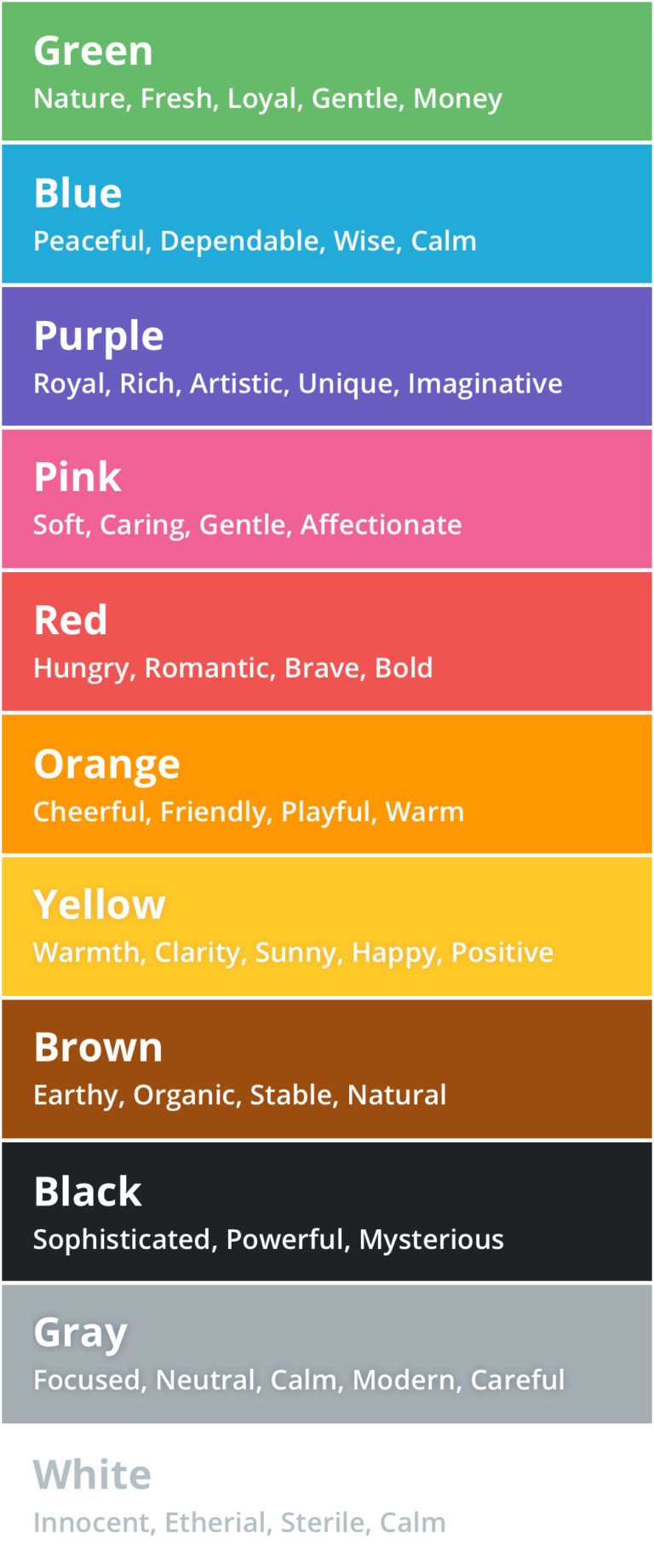




















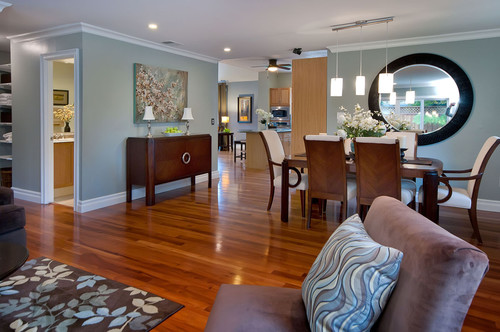













:max_bytes(150000):strip_icc()/DesignbyEmilyHendersonDesignPhotographerbyZekeRuelas_30-ad51133a857343228a2c56f76a22825f.jpg)



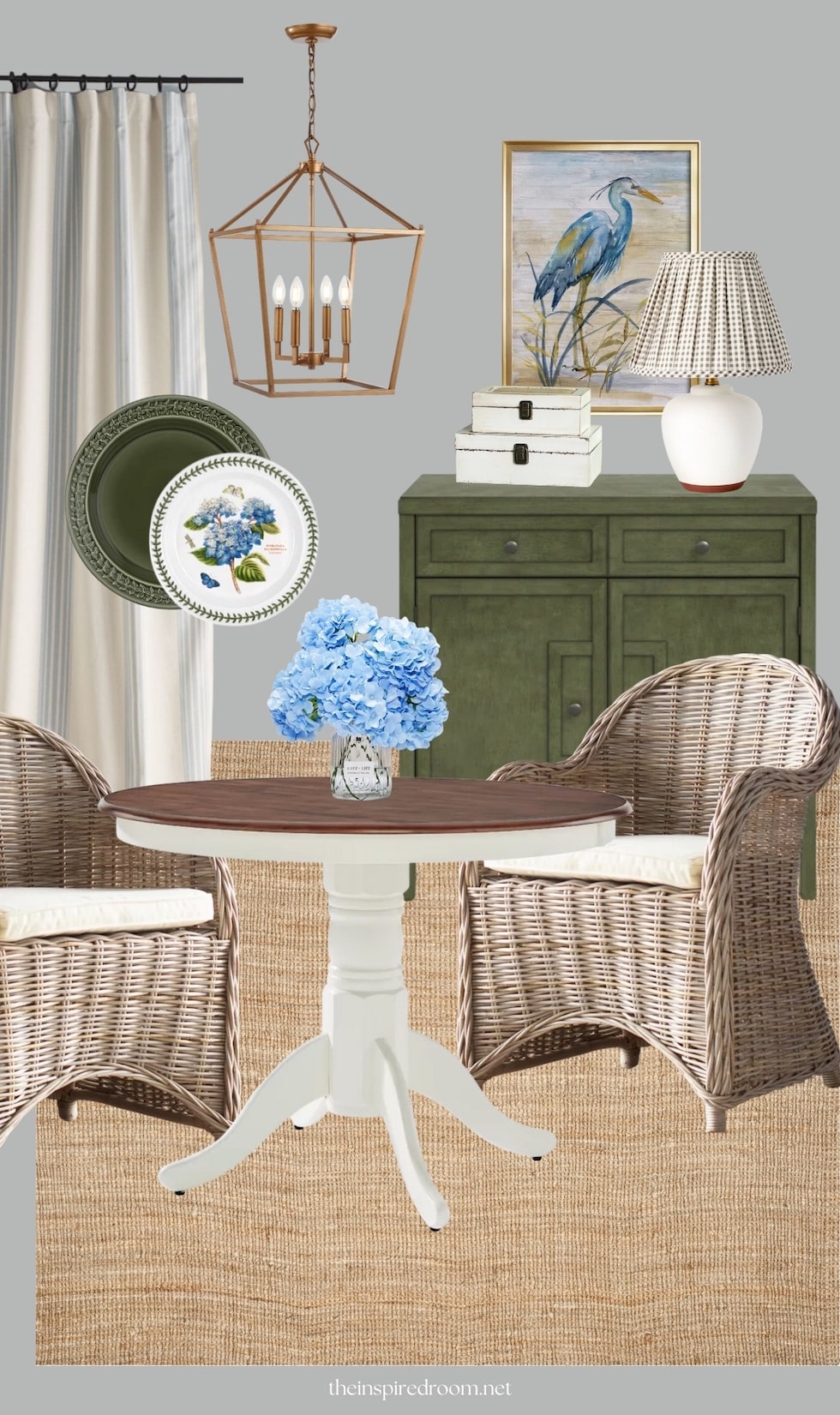



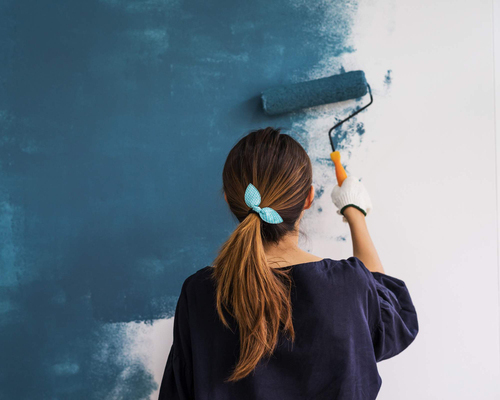
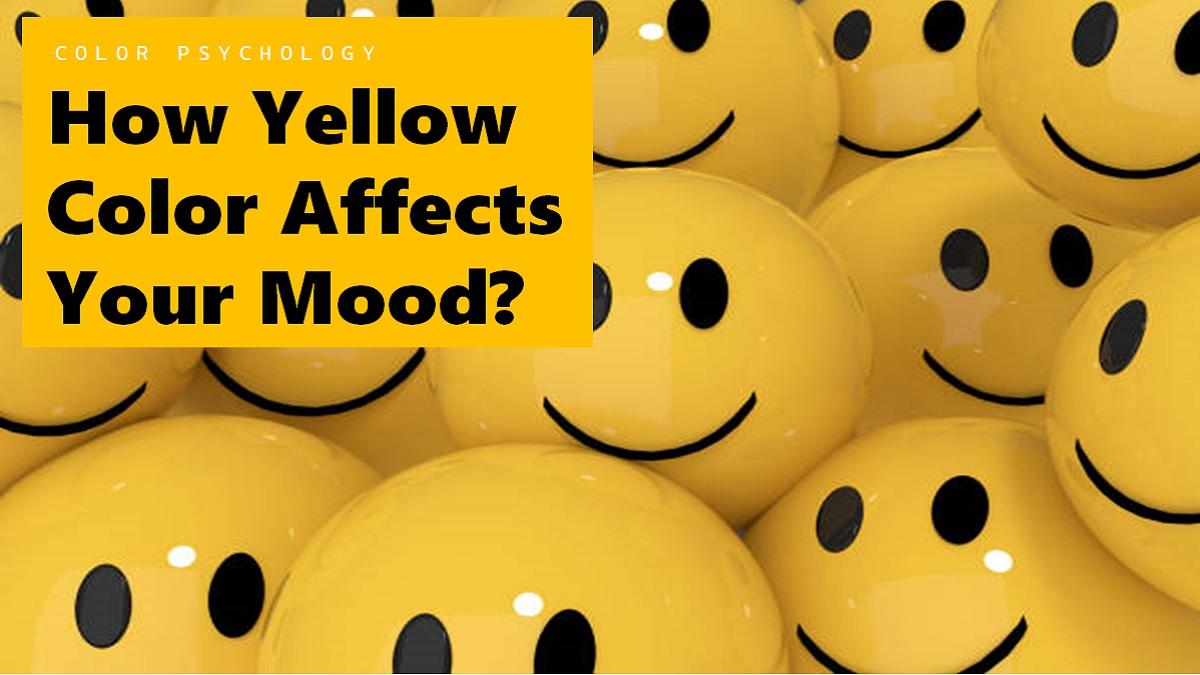



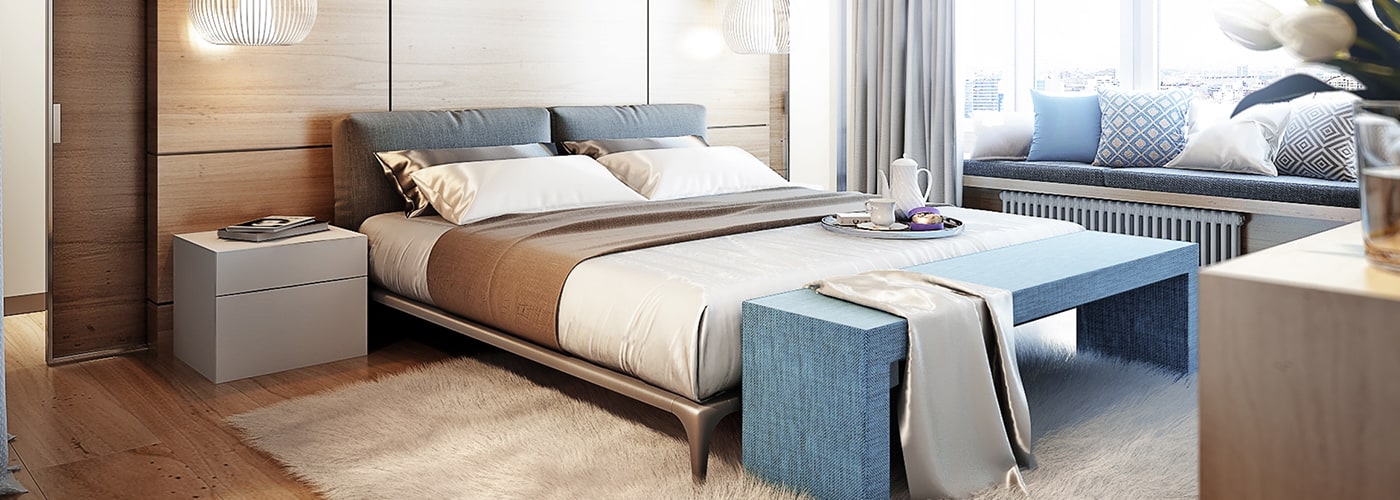



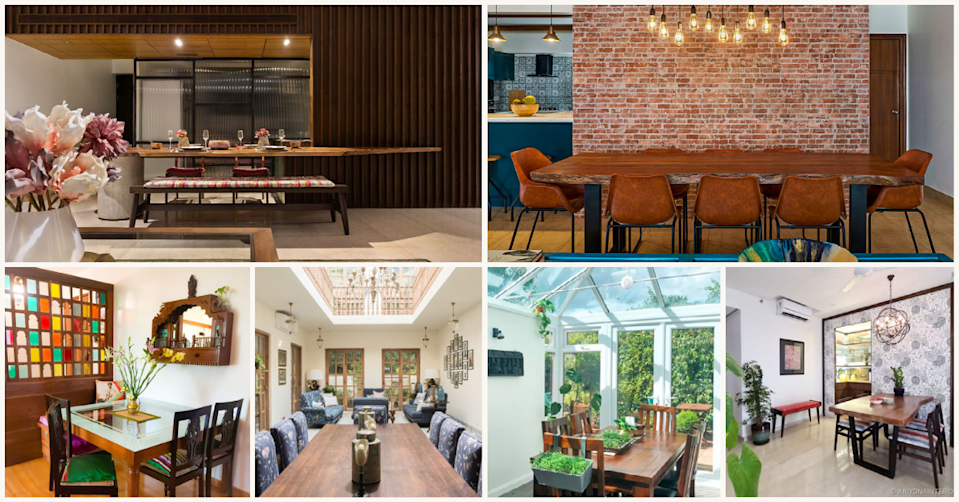
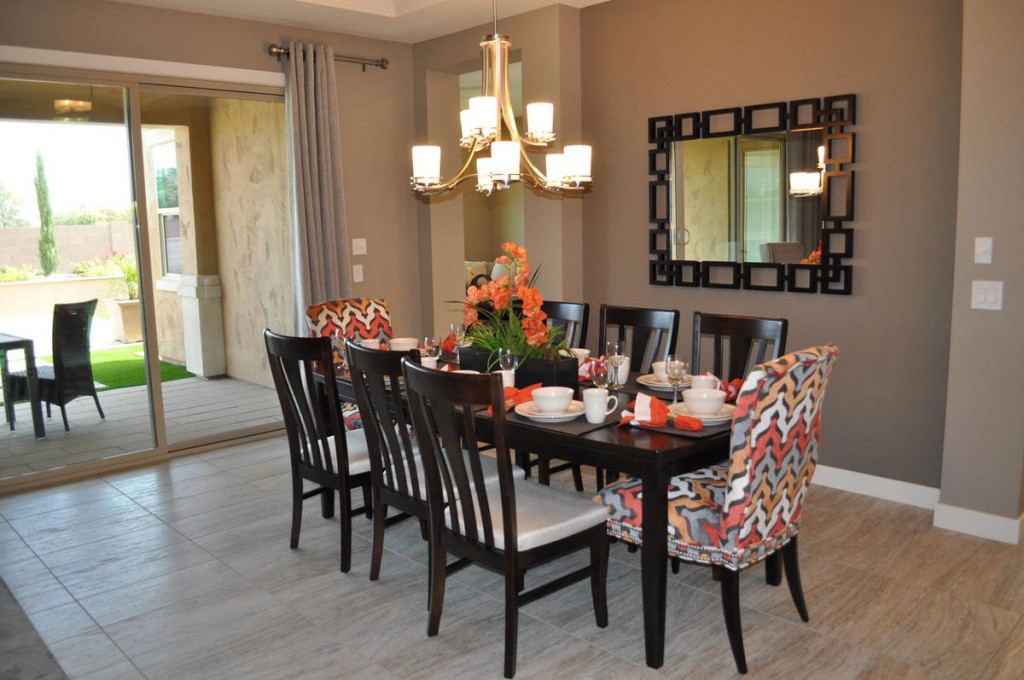




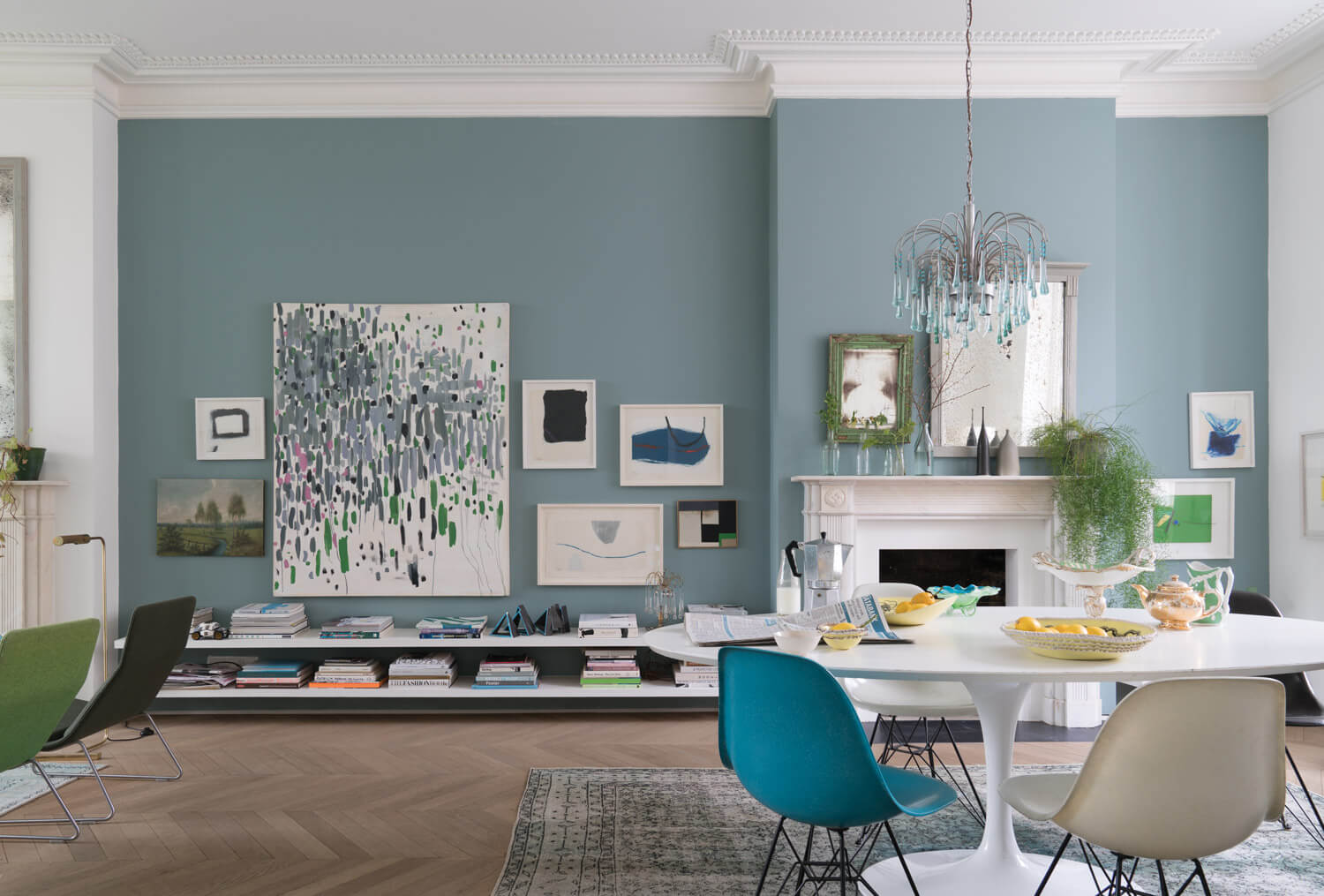
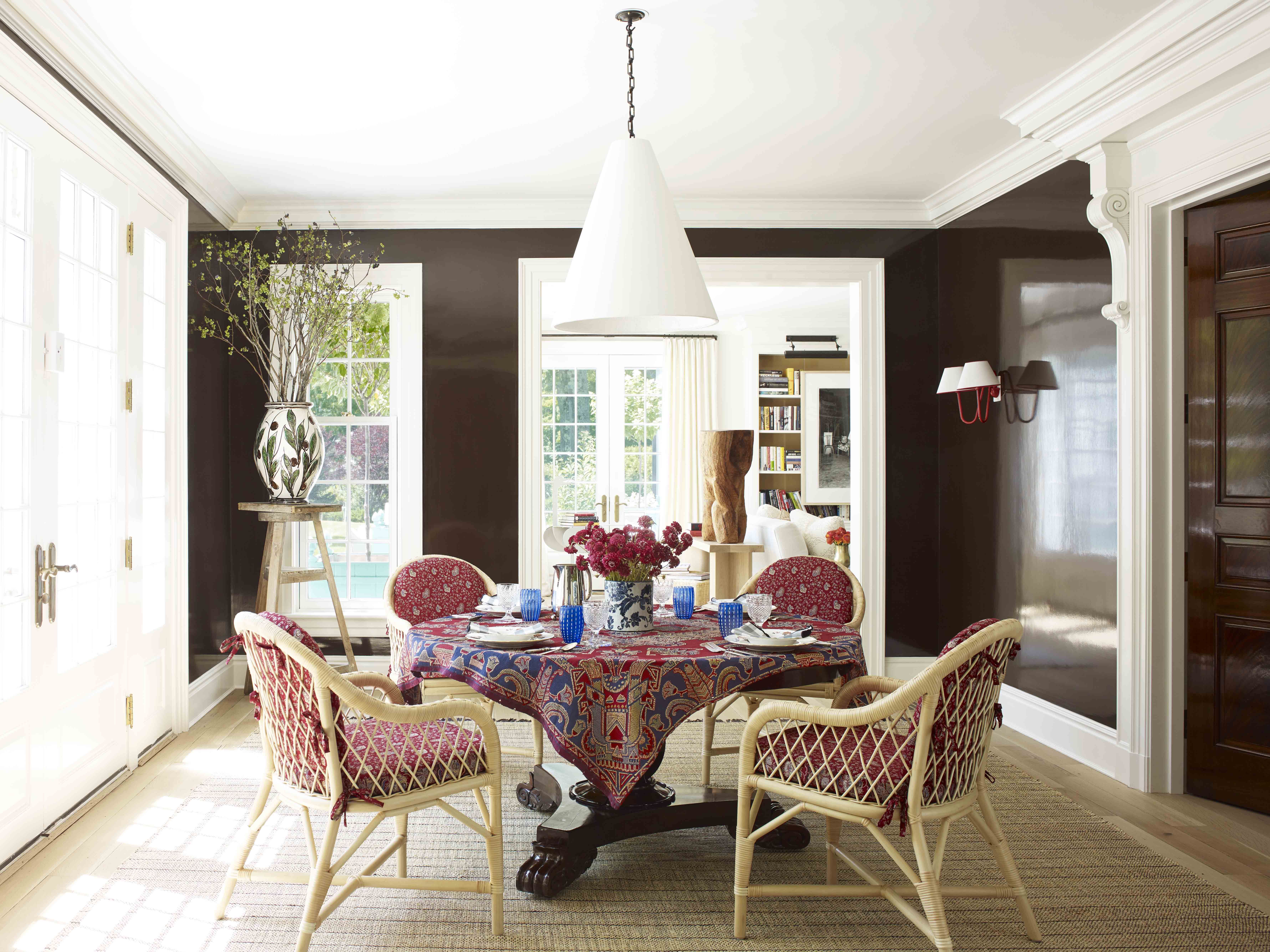



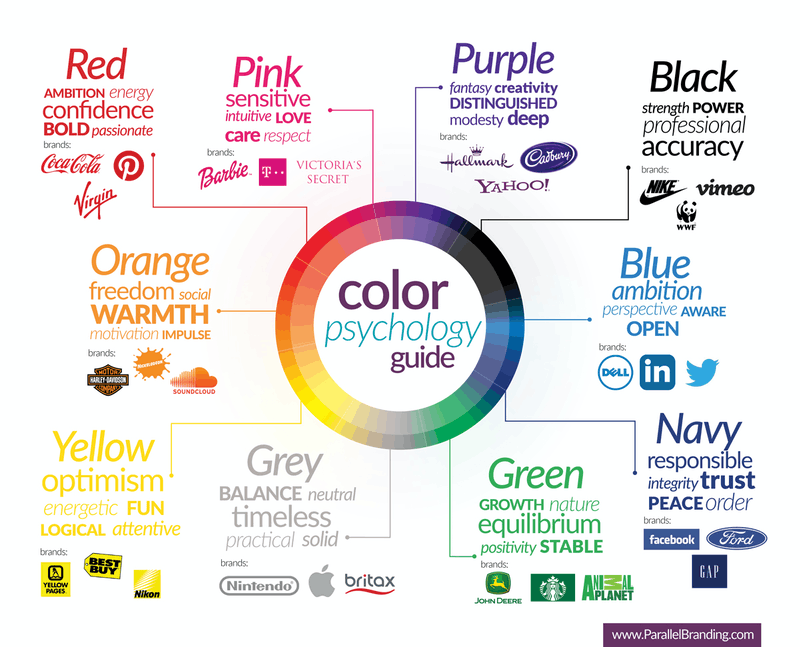
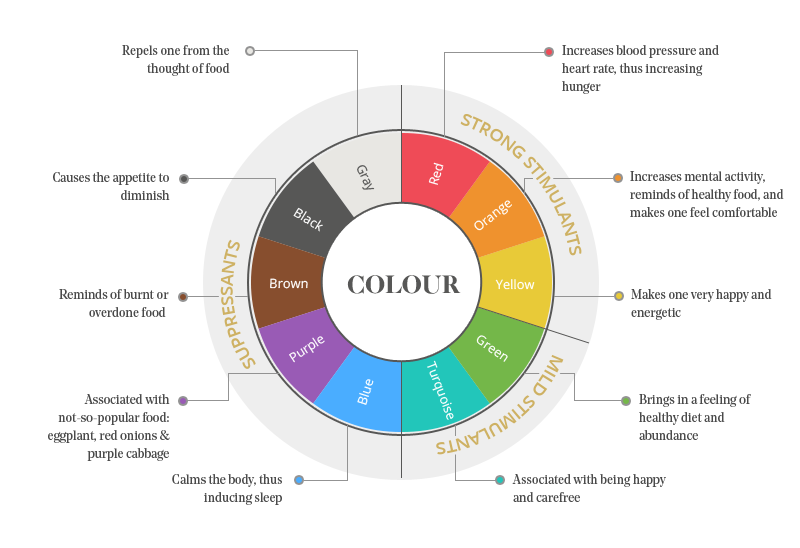
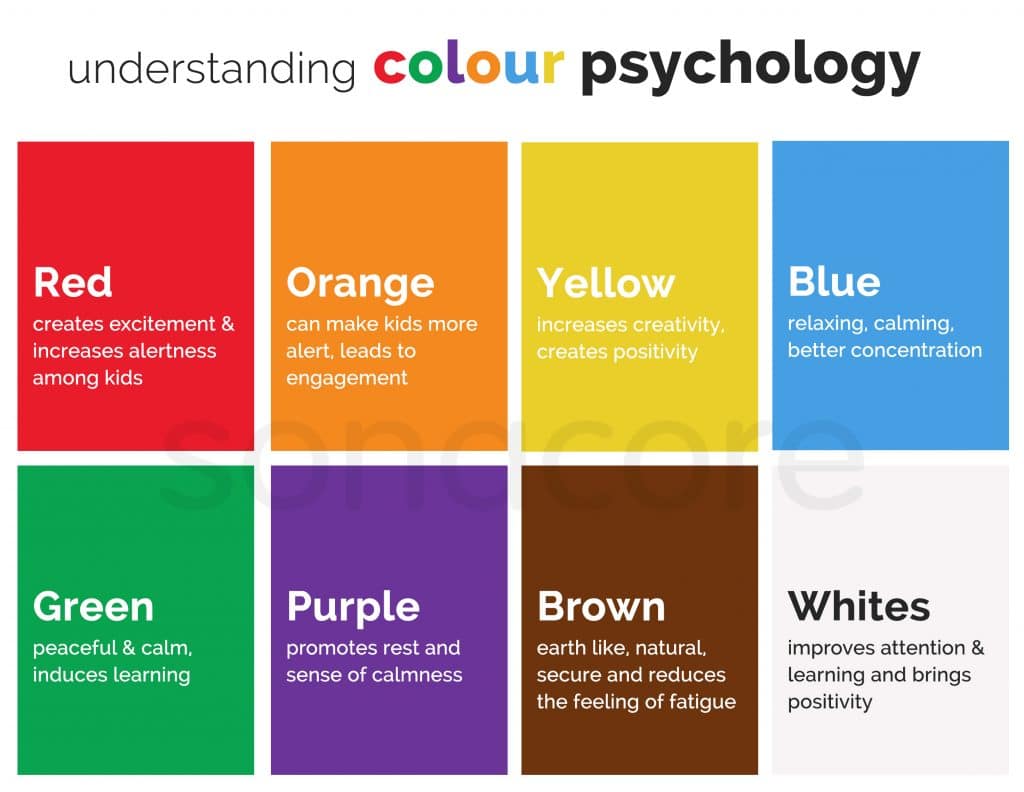



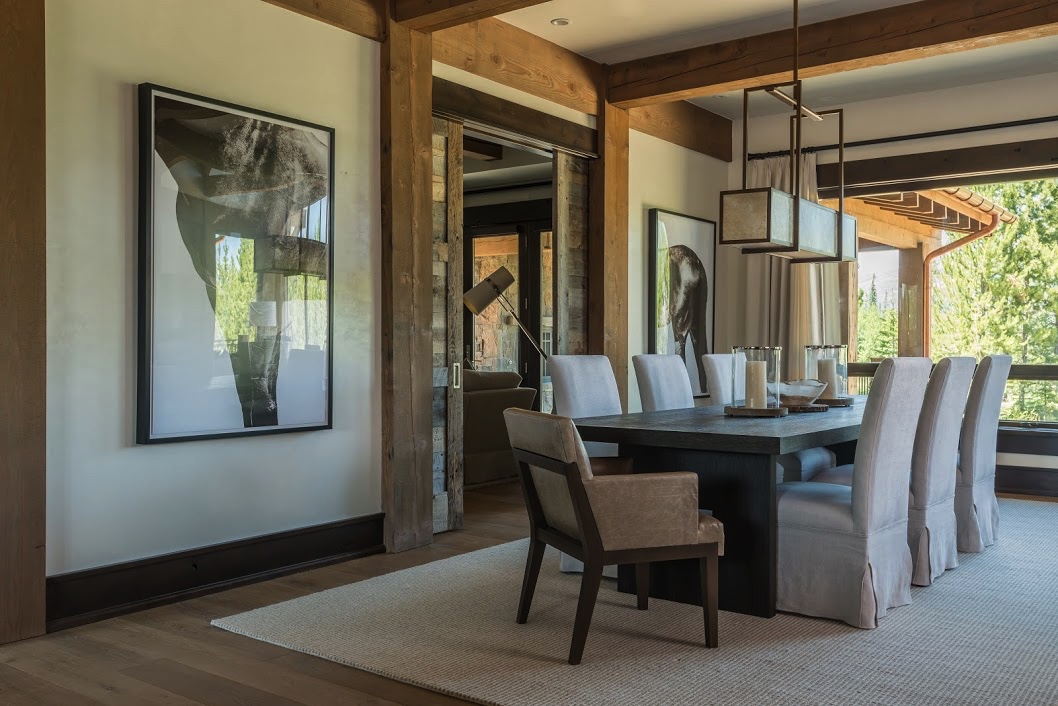



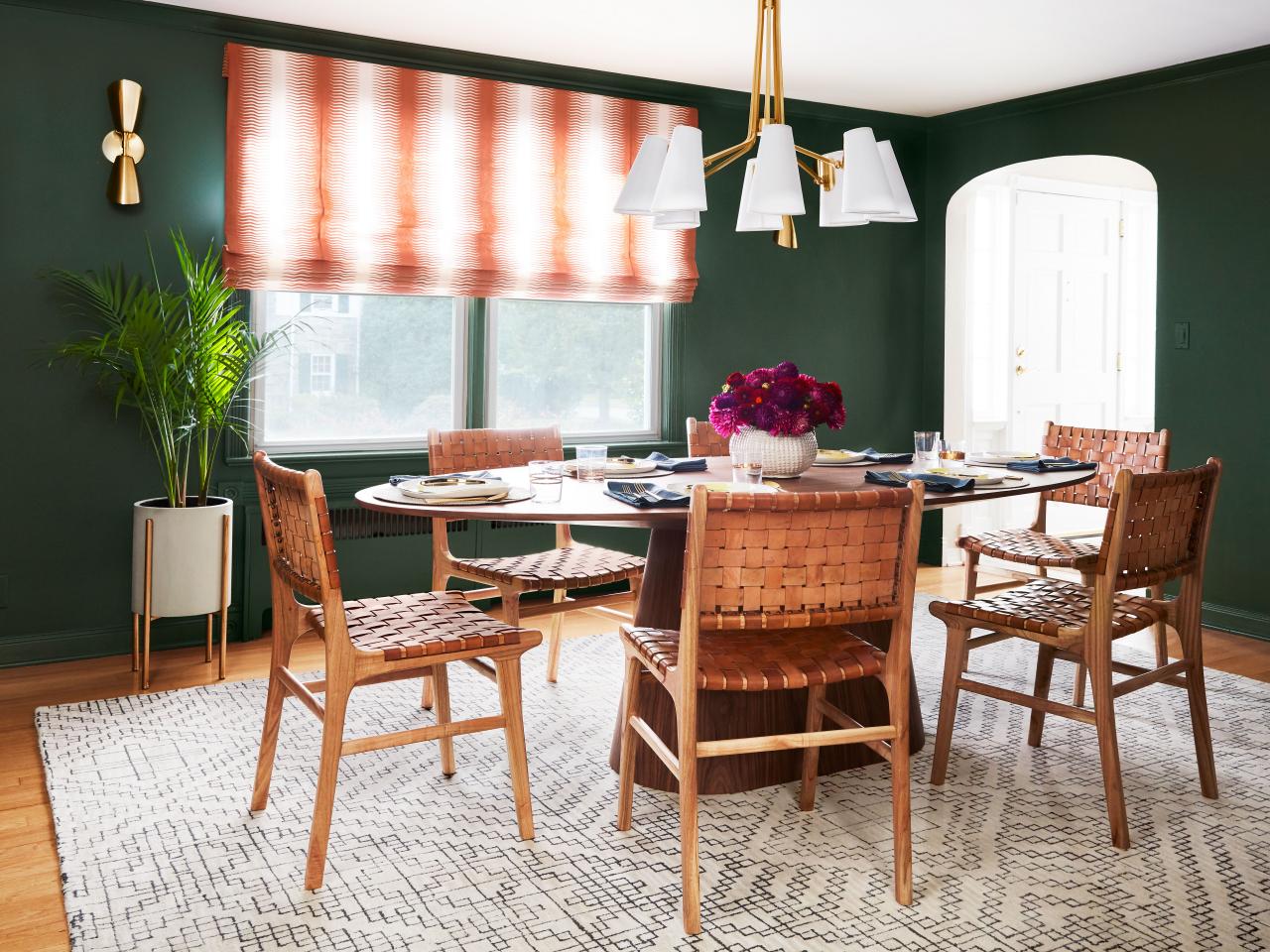





:max_bytes(150000):strip_icc()/201105-MV-CandaceMaryLongfellow_008-1-25517521e3604a32b7aa525246ec25db.jpg)







